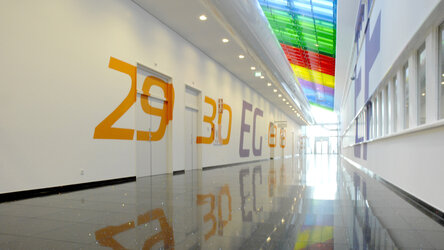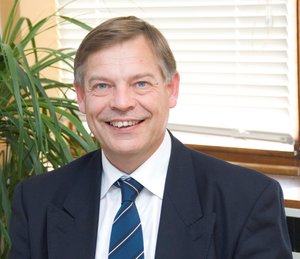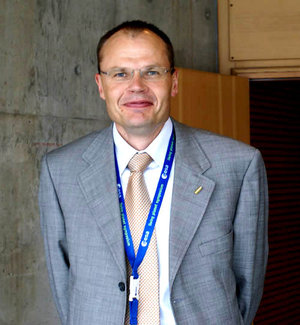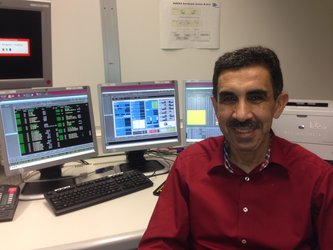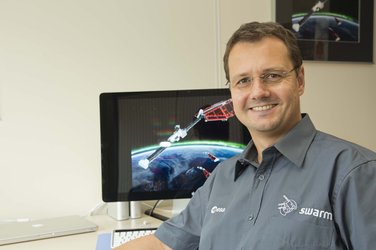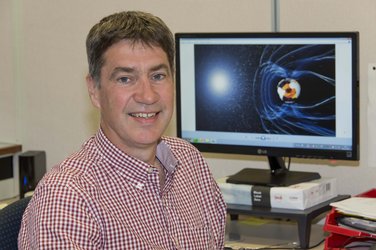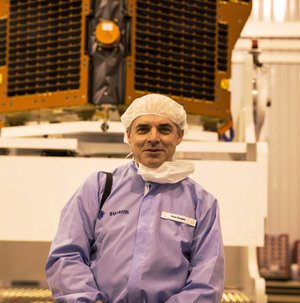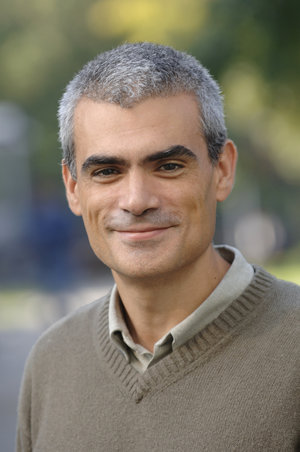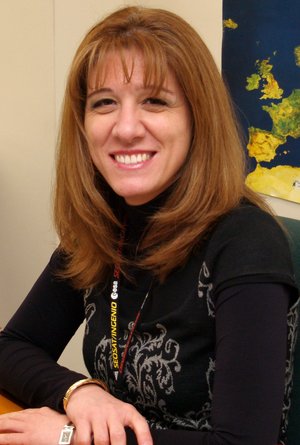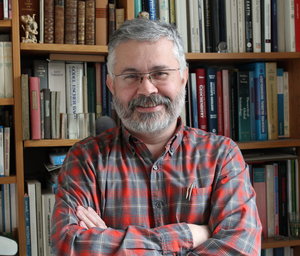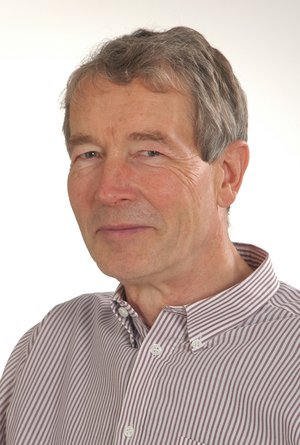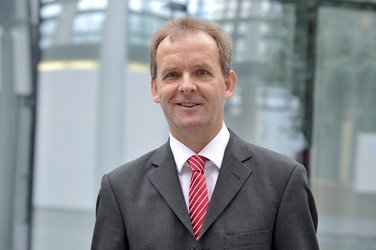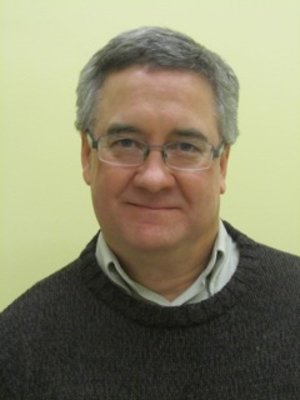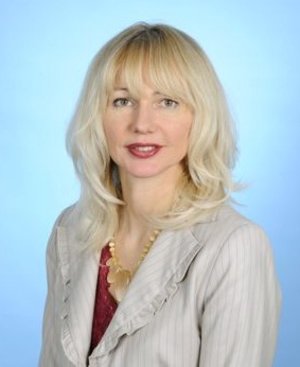Roger Haagmans: Mission Scientist
Roger Haagmans has been involved in the design and development of Swarm since it was first proposed as an Earth Explorer mission in 2002. As the Mission Scientist, Roger’s role has been to help ensure that Swarm achieves its scientific objectives.

Roger Haagmans, a Dutch national, heads the Earth Surfaces and Interior Section in ESA’s Earth Observation Mission Science Division in the Netherlands. He started working at ESA in 2001. As well as contributing to the preparation of the Swarm mission, he was also Mission Scientist for the GOCE gravity mission.
Roger gained his Masters in Geodesy and became an Assistant Professor at Delft University of Technology in the Netherlands. Before taking up his post at ESA, he was an Associate Professor in Geodesy and Surveying at the Agricultural University in Ås, Norway.
ESA: What have you been responsible for throughout the development of the Swarm mission?
Roger Haagmans
As Mission Scientist I have been involved with Swarm since the proposal was submitted to ESA in response to a call for opportunity missions in 2002. My responsibility has been to ensure the mission delivers the quality of data needed by the scientific community. So, actually my role, in part, is to act as a link between the scientific community and the Swarm project, which is responsible for building the mission. This involved, for example, organising several workshops so that we could discuss the needs of the scientific community face to face. With around 150 scientists from all over the world attending each event, it is clear that there is a lot interest in the mission.
In general, however, I have followed the project’s feasibility studies, the industrial design and development phase, and I will continue to stay involved during launch and the early operations phase.
In particular, I managed the science studies and mission simulations and I was involved in the definition and development of the different data products that will come from the individual satellites and from the constellation. I also supported the preparation, development and implementation of the Level-2 products, which relied on vital contributions from Gernot Plank in our division.
ESA: What makes a magnetic field mission so special?
Roger Haagmans
The magnetic field is invisible but apparent. It acts as a shield protecting us from cosmic radiation and charges particles. If it didn’t exist, life on Earth would be virtually impossible.
The magnetic field as a whole is generated from different sources, but the largest effect originates from Earth’s outer core.
Analysing the various sources that make up the magnetic field measurements provides a unique view inside Earth. This is particularly true for understanding how the field is generated and maintained in the outer core, how the history of the field has left its mark in Earth’s crust and for learning about the composition of the mantle.
In addition, we can analyse processes in the atmosphere from approximately 40–50 km above Earth to several thousands of km into space. These processes are a consequence of the interaction between the magnetic field and the solar wind. Cosmic radiation and charged particles have a significant influence on the conditions in this part of the atmosphere. A visual expression of this interaction are the auroras, but the invisible part can disturb propagation of signals through the atmosphere and cause damage to power grids.
This wide range of interesting study topics makes it so special.
ESA: What have been the most challenging aspects of the mission in terms of science?
Roger Haagmans
This wide range of study areas in combination with the fact that we have a constellation of three identical satellites, each carrying five instruments make this a very challenging mission. Defining the mission concept and analysing the results requires close cooperation between different scientists, those knowledgeable about Earth interior processes and those who focus on processes between Earth and the Sun.
From the beginning, the design of the constellation through simulations was not only new, but also a large and complex task. Later on, studies in all the application areas were carried out, also incorporating experience and results of missions in orbit such as Ørsted and CHAMP.
The new development and testing of a procedure to derive 3D mantle conductivity from the three satellites was especially challenging. Being able to derive ocean current information from the relatively weak signals that we expect to measure with Swarm is still an open issue, so there are also interesting challenges left.
Recently, in close cooperation with our ESA Space Science colleagues, we looked into new and exciting opportunities that will emerge when Swarm and the Cluster mission are measuring together.
ESA: Apart from being used for scientific research, will information from Swarm have any practical uses?
Roger Haagmans
The models of the crust and upper mantle we will get from Swarm can be combined with gravity field information from GOCE and seismic information to understand more about plate tectonics and improve our knowledge of processes related to volcanic activity and earthquakes.
Better knowledge of the sources of the magnetic field could improve navigation systems based on compasses and gyros. This, for example, is used in directional drilling for resource exploitation. Improved knowledge of characteristics and processes in the upper atmosphere can contribute to improved models of space weather. Design and protection of equipment, satellite mission planning and debris prediction may also benefit from this improved knowledge.
ESA: Will you still be involved with the mission once the satellite is in orbit delivering data?
Roger Haagmans
My direct involvement is planned until the end of commissioning. After that, I will follow the analysis of the data and learn from the science opportunities that emerge. This is important with respect to assessing whether the mission delivers on its promises and also to benefit the development of future satellite missions.
Editor's note:
This is one in a series of interviews with a few of the key people that are involved in the Swam mission. Please check back as the list will be added to over the coming weeks.




